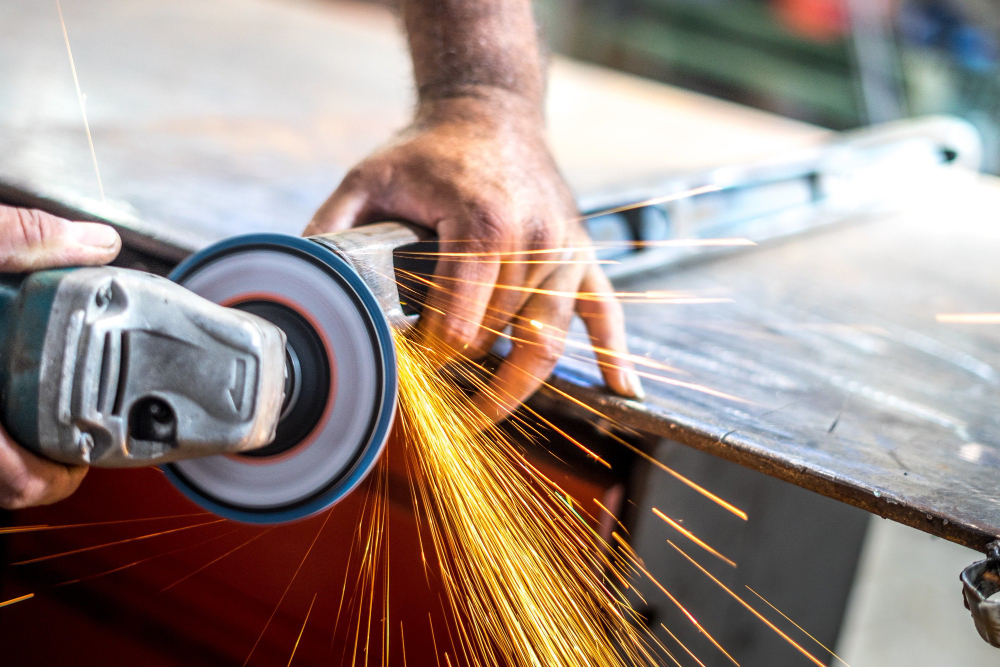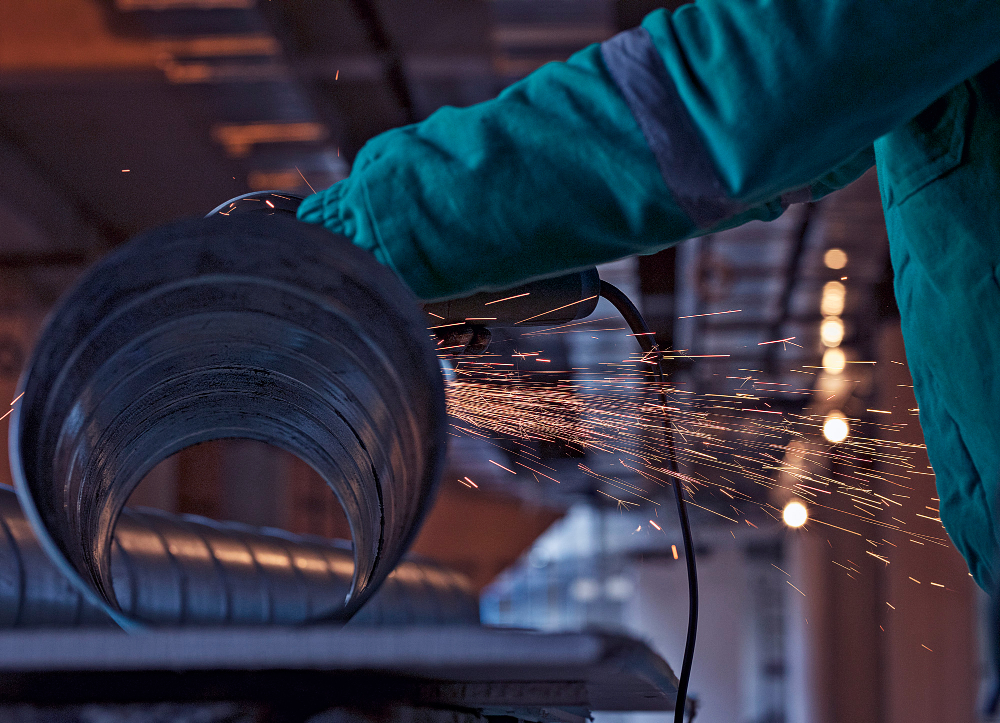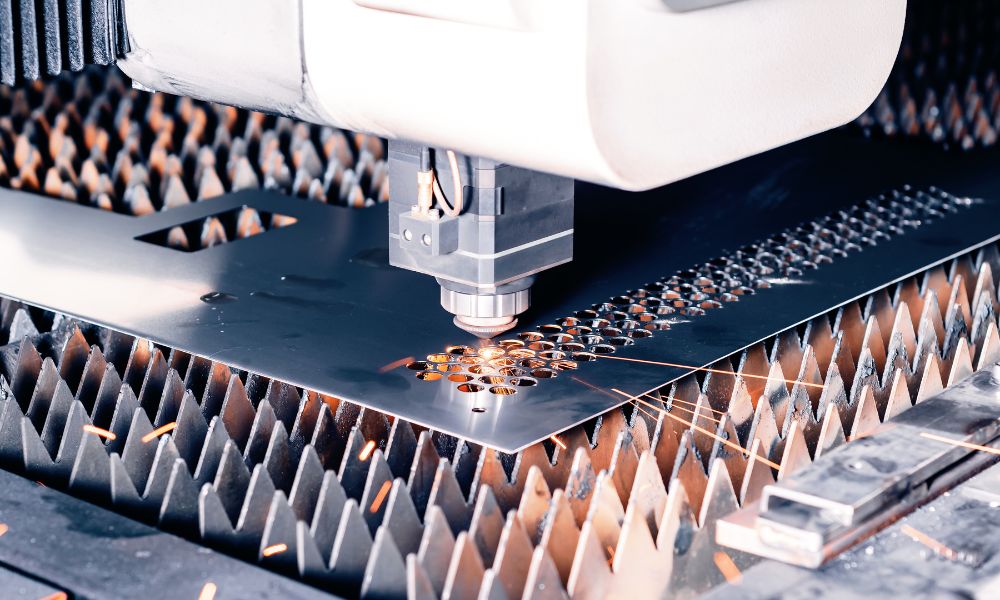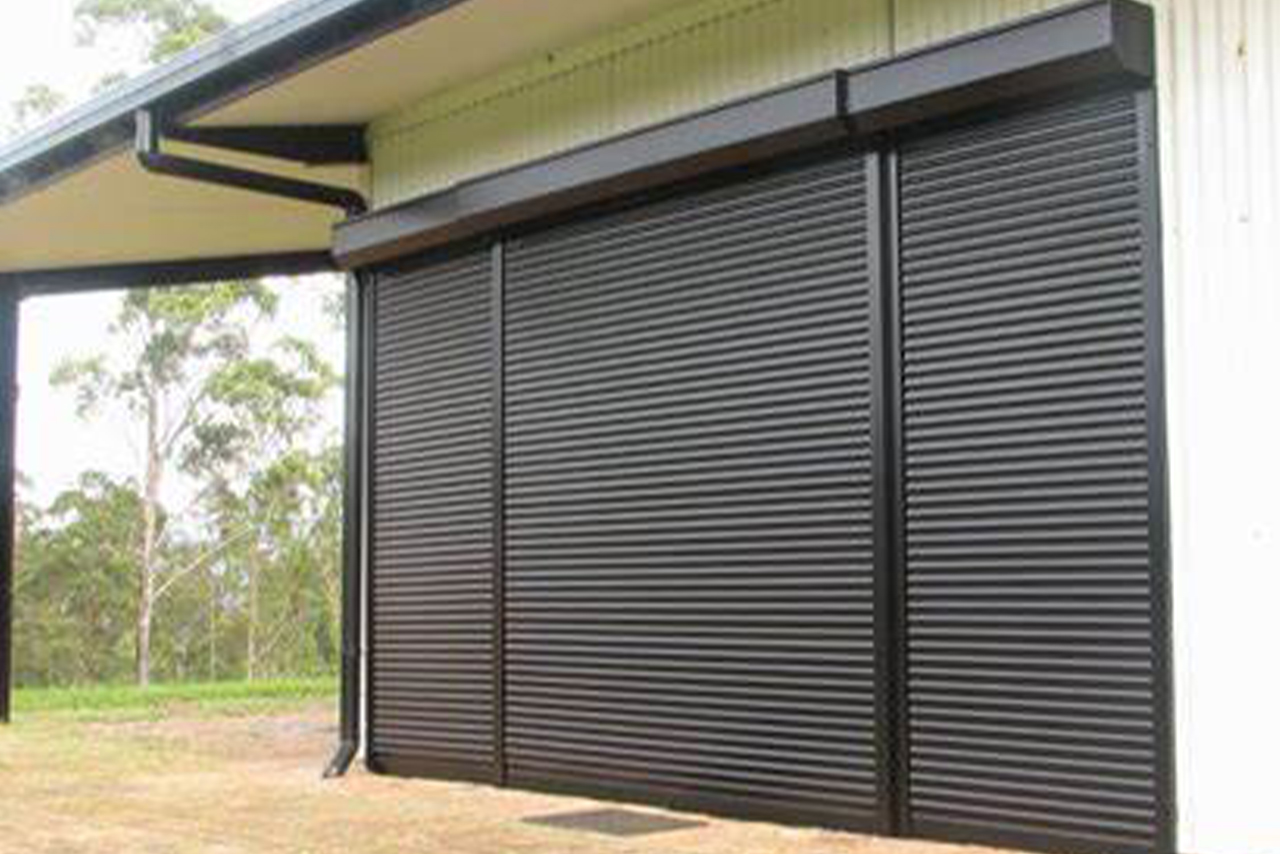Shaping Tomorrow: The Future of Aluminum Fabrication

Introduction
The aluminum fabrication industry is entering a new era, driven by rapid technological advancements, evolving consumer preferences, and the push for more sustainable solutions. As the industry adapts to these changes, a host of innovations are emerging that promise to redefine processes, improve efficiency, and meet the growing demand for environmentally conscious practices. In the following discussion, we’ll delve into the key trends and cutting-edge developments that are shaping the future of aluminum fabrication and transforming the way we approach manufacturing and construction.
Industry 4.0 and the Digital Future of Aluminum Fabrication
The growing integration of digital technologies like artificial intelligence (AI), robotics, and the Internet of Things (IoT) is set to revolutionize the aluminum fabrication industry. One significant change will be the increased use of automation and robotics, streamlining fabrication processes for greater efficiency and precision. Additionally, real-time data analytics will play a key role in improving supply chain management, allowing manufacturers to track materials, anticipate delays, and optimize production schedules. Furthermore, AI and machine learning will enhance product design and simulation capabilities, enabling more innovative and customized solutions while reducing the time and costs associated with prototyping. These advancements will lead to a more agile, data-driven, and efficient aluminum fabrication process.

Sustainable and Eco-Friendly Practices
As environmental concerns intensify, the aluminum fabrication industry is focusing more on sustainability. Expect to see greater use of recycled aluminum to minimize waste and reduce carbon emissions. Additionally, there will be innovations in eco-friendly fabrication processes and technologies aimed at cutting environmental impact. Alongside this, demand for aluminum products with high recycled content will continue to rise, reflecting the industry’s commitment to more sustainable practices.
Advancements in Aluminum via 3D Printing
Additive manufacturing (AM) and 3D printing are set to transform aluminum fabrication. We can expect wider adoption of AM technologies to create complex aluminum parts and products with greater precision. Optimized AM processes will also enhance material properties and reduce waste, making production more efficient and sustainable. Additionally, new business models and opportunities will arise as AM enables more flexible, on-demand production methods, reshaping the industry’s landscape.
Next-Gen Aluminum: Advanced Materials and Alloys
Ongoing research and development in aluminum alloys and materials will drive significant innovation in the industry. Expect to see high-strength, lightweight alloys designed for aerospace and automotive use, offering improved performance and fuel efficiency. Corrosion-resistant alloys will become more prevalent in marine and industrial applications, enhancing durability. Additionally, the focus on sustainable aluminum-based materials will grow, helping reduce environmental impact and support eco-friendly manufacturing practices.
The Role of Simulation in Modern Product Design

As technology continues to advance, product design and simulation will play a key role in aluminum fabrication. Expect to see a growing reliance on CAD and CAE software to streamline the design process and improve accuracy. Simulation tools will be increasingly adopted for testing and optimizing product performance before production begins. Moreover, closer collaboration between designers, engineers, and fabricators will become essential to ensure that product designs are both innovative and manufacturable, leading to better outcomes and more efficient processes.
Robotics and Automation
Robotics and automation are set to further transform aluminum fabrication by enhancing efficiency, productivity, and safety. Expect to see increased use of robotic systems for welding, cutting, and assembly, allowing for faster and more precise operations. The development of collaborative robots (cobots) will enable safer interactions between humans and machines in the fabrication process. Additionally, automation technologies will see broader adoption for material handling and logistics, streamlining the movement of materials and reducing manual labor, ultimately improving overall workflow and reducing costs.
IoT and Data Analytics in Aluminum Fabrication
The rise of IoT devices and data analytics will significantly enhance aluminum fabrication by optimizing production, improving quality, and cutting costs. Expect to see a growing adoption of IoT sensors for real-time process monitoring, providing instant insights into production performance. Data analytics will be increasingly used for predictive maintenance, quality control, and supply chain optimization, allowing for more proactive decision-making. Additionally, the industry will see the development of data-driven business models and services, offering new opportunities for innovation and efficiency.
conclusion
As the aluminum fabrication industry moves forward, staying ahead of the curve with the latest trends and innovations is crucial for success. Embracing advancements in automation, sustainability, digitalization, and advanced materials will empower fabricators to boost efficiency, minimize costs, and unlock new business opportunities. Key upcoming trends to watch include increased automation through robotics and cobots, sustainable fabrication practices using recycled materials, and the growing influence of AI and IoT for smarter, more efficient production. By adopting these innovations, fabricators can not only improve their operations but also remain competitive in a rapidly changing market



